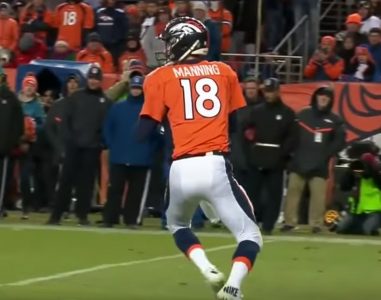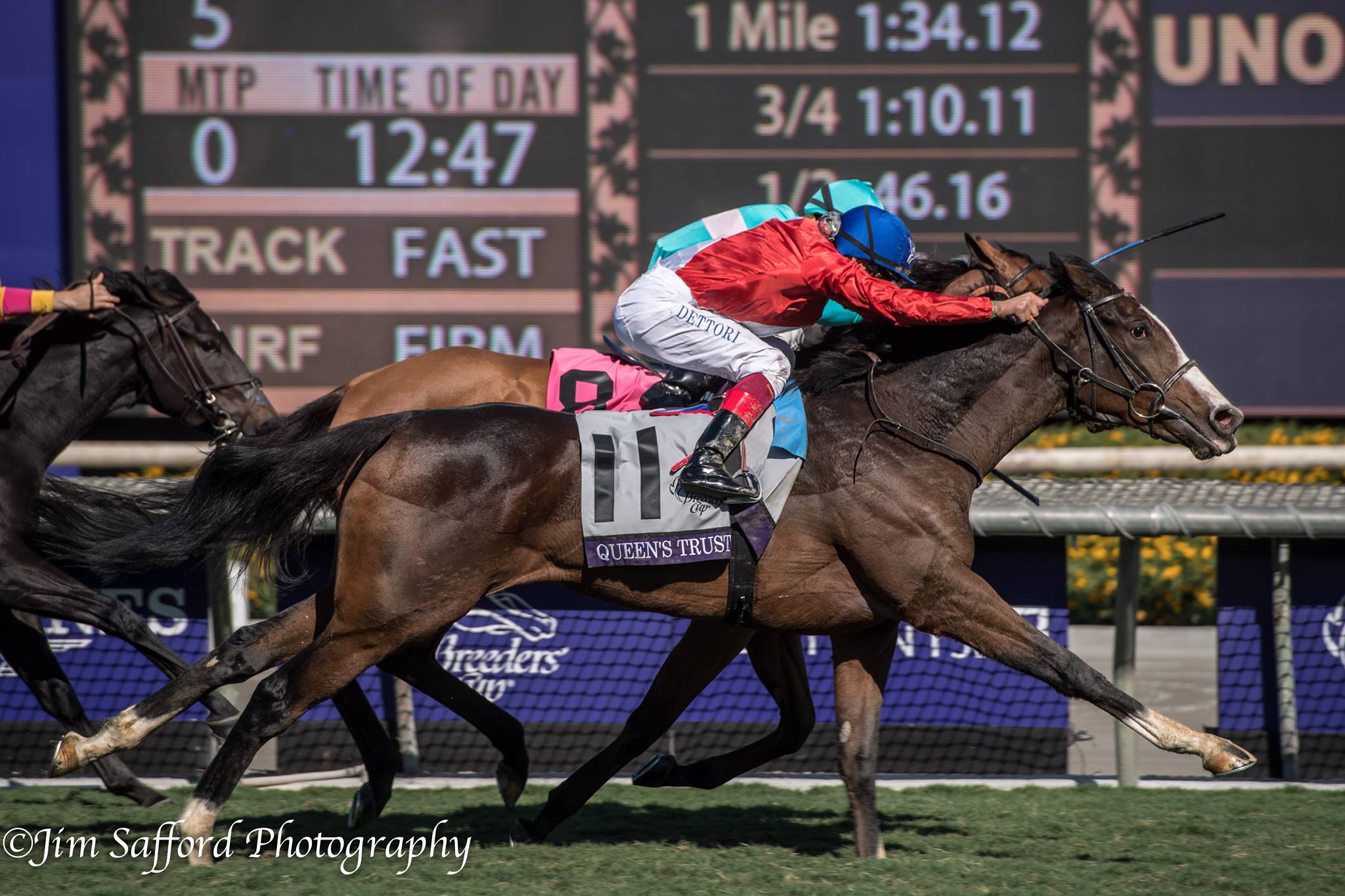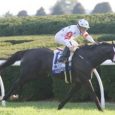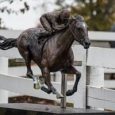
Peyton Manning
On Jan. 19, 2014, Peyton Manning passed for 400 yards in a 26-16 victory over the New England Patriots that catapulted the Denver Broncos into Super Bowl XLVIII — which they lost in humiliating fashion to the Seattle Seahawks, despite Manning’s 280 yards through the air.
Two years later, Denver and New England again played for the AFC Championship, but, this time, Manning clearly showed the effects of his 39.8 years of age and multiple neck surgeries, as he managed just 176 yards passing.
But Denver won.
And on Feb. 7, 2015, the Broncos beat the Carolina Panthers in the Super Bowl, with Manning throwing for just 141 yards — the second-lowest total in his postseason career.
So, why am I talking about football and Peyton Manning in a horse racing article? It’s because I think Manning’s story makes the point that time matters when evaluating athletic performances.
Manning is considered by most to be one of the best quarterbacks in NFL history. His 71,940 career passing yards are the most ever (at least for now — Drew Brees and Tom Brady will undoubtedly have a say before their careers are over). He tossed 539 career touchdown passes (Brett Favre currently ranks second with 508) and was credited with 45 fourth-quarter comebacks (again, an NFL best).
Yet, the one opponent that Manning could not vanquish was Father Time, the great enemy to all athletes not named Tom Brady. And time is even harsher on equine athletes, whose athletic lifespan is much, much shorter than the average human’s. This is why I think it is crucial that handicappers always keep the time element firmly in mind when analyzing a horse’s past performances.
What was true a month ago, may not be true today and what is true today may not be true a month from now.

With this in mind, I created a time-adjusted speed rating (TASR for short) and tested it on my database of over 77,000 races. The rules were simple. To qualify, a horse had to have:
- Most recent TASR of 100 or greater, earned over today’s general surface (dirt/synthetic or turf).
- Best last-race TASR in the field.
Number: 6,041
Winners: 1,454
Win Rate: 24.1%
$2 Return (ROI): $1.86 (-7.04%)
Now, the first thing an astute horse player will notice is that the ROI on these steeds is half as negative as what one might expect from the race favorite — which is a great thing, especially since we are essentially looking at a single factor.
So, buoyed by this initial test, I added some additional criterion (listed below with my rationale and the test results):
- Horse must show at least one win over the past two years. (This eliminates maiden races and the plethora of first-time starters they often contain).
Number: 5,126
Winners: 1,277
Win Rate: 24.9%
$2 Return (ROI): $1.95 (-2.27%)
- Horse must have finished in-the-money (third-place or better) in its last start. (In my experience, big speed figures earned in a poor effort are very suspect.)
Number: 4,174
Winners: 1,130
Win Rate: 27.1%
$2 Return (ROI): $2.05 (+2.52%)
Eureka, profitability at last!
Still, I thought the results could be better, so I added a price component. While I don’t think the morning line is the best way to assess overlays and underlays, it’s surely one of the easiest. So, with that in mind…
- Horse must be at least 3-1 on the morning line.
Number: 2,930
Winners: 620
Win Rate: 21.2%
$2 Return (ROI): $2.15 (+7.70%)
At this point, I know what a lot of you are thinking: This is all well and good, Derek, but it’s kind of useless without knowing how the TASR is computed.
Well, I’m afraid that will have to remain a closely guarded secret only to be revealed under the threat of torture — like being forced to watch “The View”. However, I hope that readers will find value in the TASR concept. Heck, my method for determining the time decay of a speed figure may not even be the best method — in truth, it probably isn’t — but I hope it at least gets readers thinking along similar lines.
(For a list of horses that qualifying speed plays this weekend (Nov. 18-19, 2017), check out our Facebook page at www.facebook.com/betusracing.)



